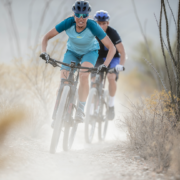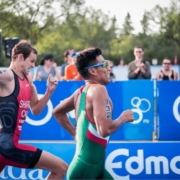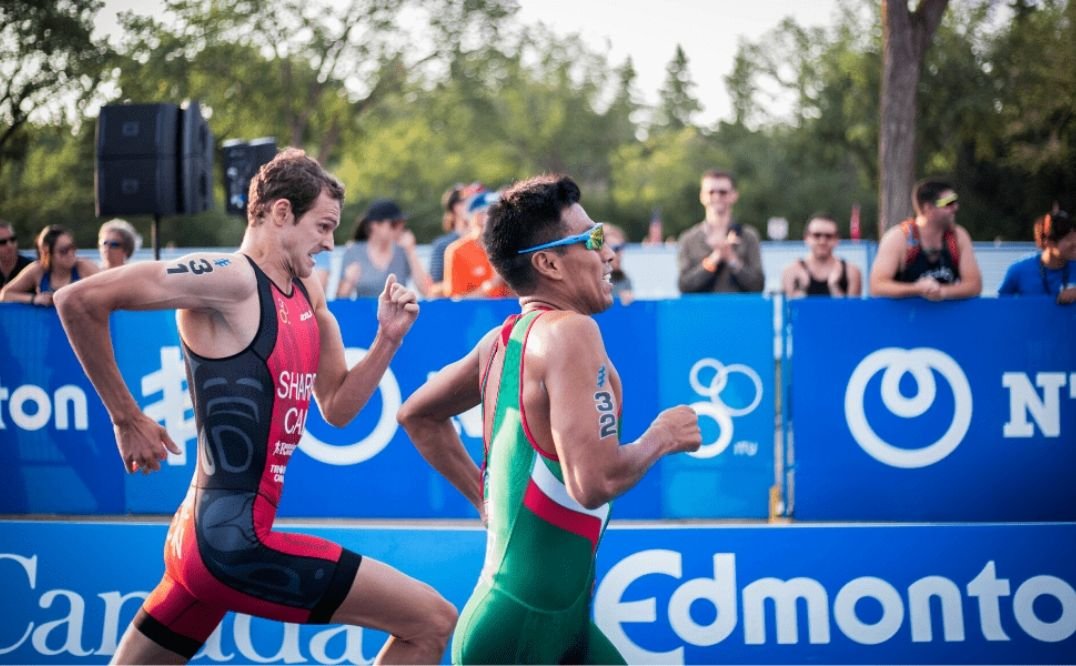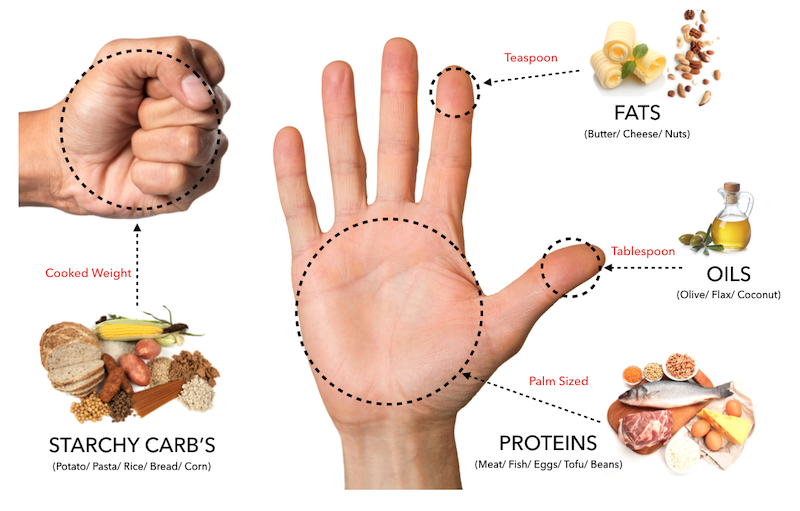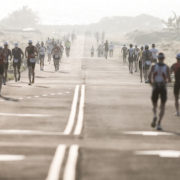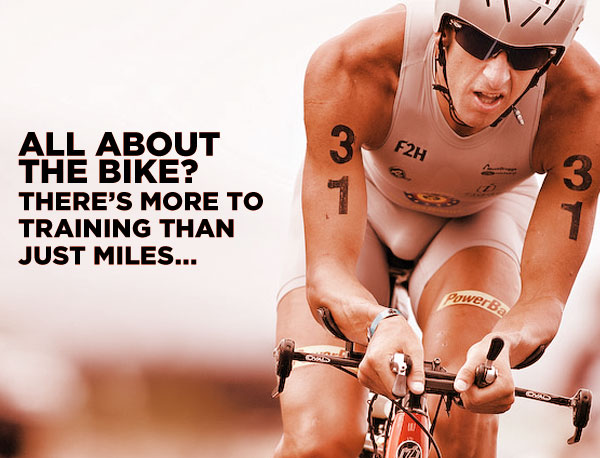KNOW YOUR ZONES
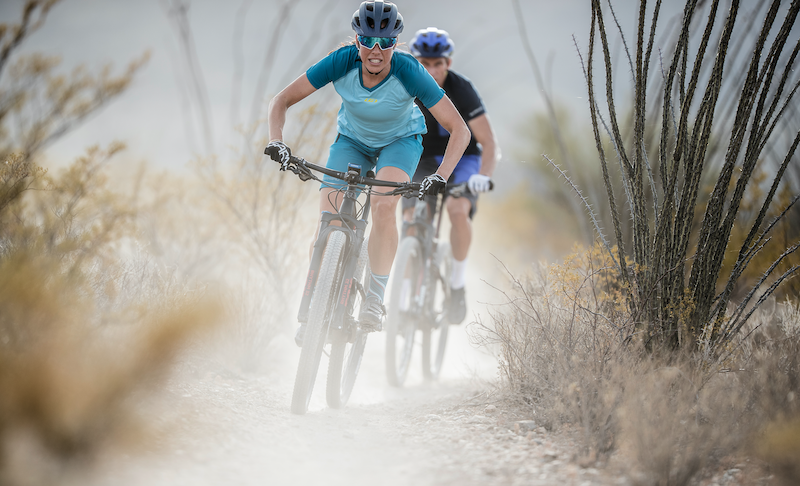
Anyone training with science will be using a heartrate monitor and power/ pace to most accurately guide their training. However, “instinct” and a “sense of effort” are also key skills to bring to your training and race pacing. The more information you have to hand, the better the process.
There are also those times when your damn HRM won’t work for some unknown reason and it’s usually when you want it the most!!! In these cases, “RPE” (which is the Rate of Perceived Exertion) is a really useful fall back option. It also helps you better understand how each zone should “feel”.
The RPE scale is defined on a scale of 1-10. Here is a quick guide on how to interpret your zones based on RPE.
Zone 1 : ACTIVE RECOVERY
RPE = 1 to 2
Little to no resistance/effort. Typically walking or spinning without exertion. Can be done all day. Nothing above normal breathing.
Talk test: can hold a conversation.
Zone 2a: AERO
RPE = 3 to 5
Light effort. A long sustainable endurance effort that can be held for long periods of time. Slight labored breathing above normal.
Talk test: able to talk and converse with slightly higher than normal breathing.
Race Pace : Ultra running
Zone 2b : LT
RPE = 5 to 6
A moderate amount of exertion that can be held for a long period of time. Breathing is somewhat labored.
Talk test: able to talk and converse with slightly higher than normal breathing but would rather not.
Race Pace : Marathon and Ironman effort
Zone 3 : AC
RPE = 7
A strong exertion that can be held for a moderate period of time. Breathing is more labored.
Talk test: Short sentences are ok but you are reluctant to hold a conversation.
Race Pace : Half marathon and 70.3
Zone 4 : SST
RPE = 8-8.5
A significant amount of effort that can be held for short intervals or a race like a 5 or 10km. Heavy breathing.
Talk test: a few words at a time if you really had to.
Race Pace : Olympic Tri & 10km
Zone 5 : VO2
RPE = 9+
A high level of effort that can only be sustained for very short periods of time such as high performance intervals. Very heavy breathing.
Talk test: one to two words.
Race Pace : Sprint Tri & 5km
Zone 6 : POWER
RPE = 10
Max effort. Small maximal bursts up to 30sec.
Talk test: forget it!!!
Race Pace : Sprints

